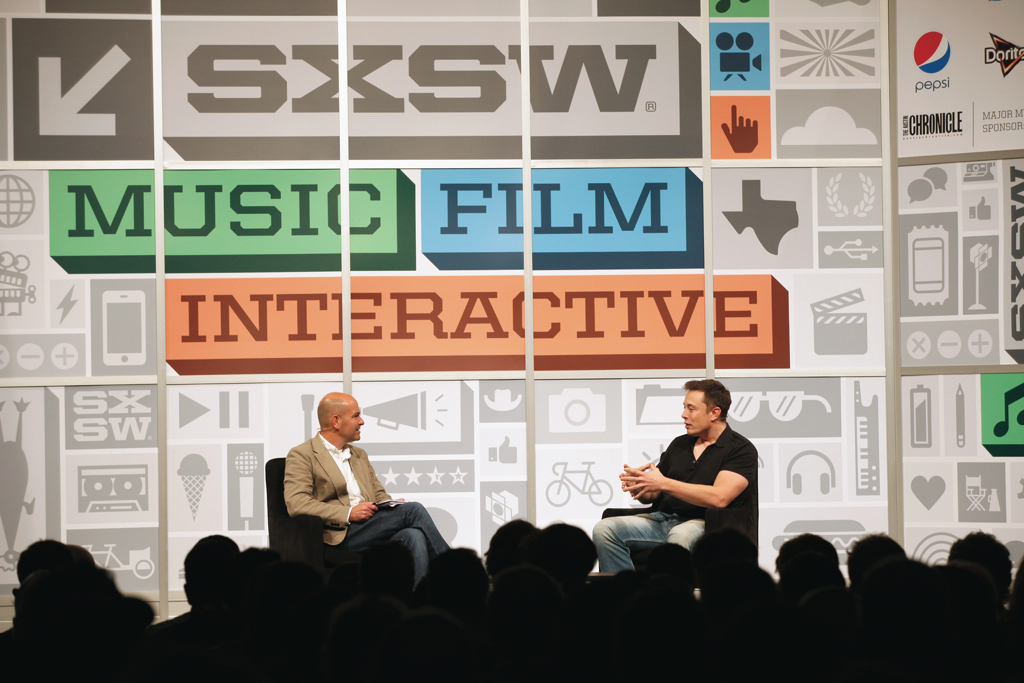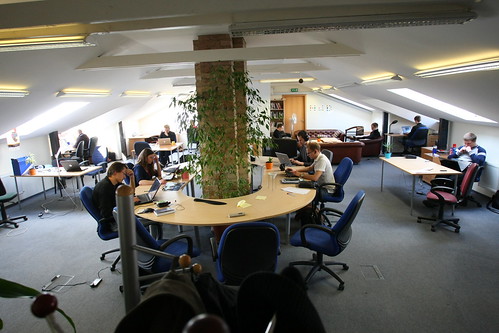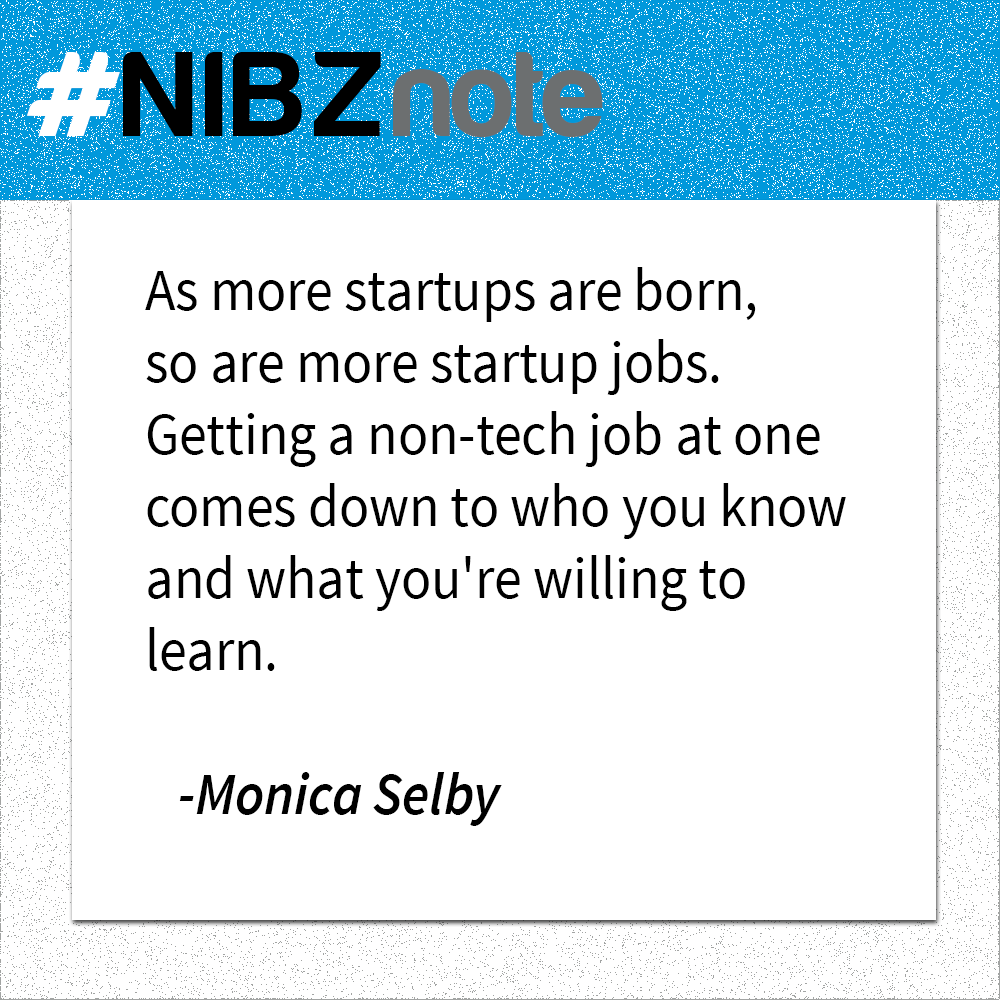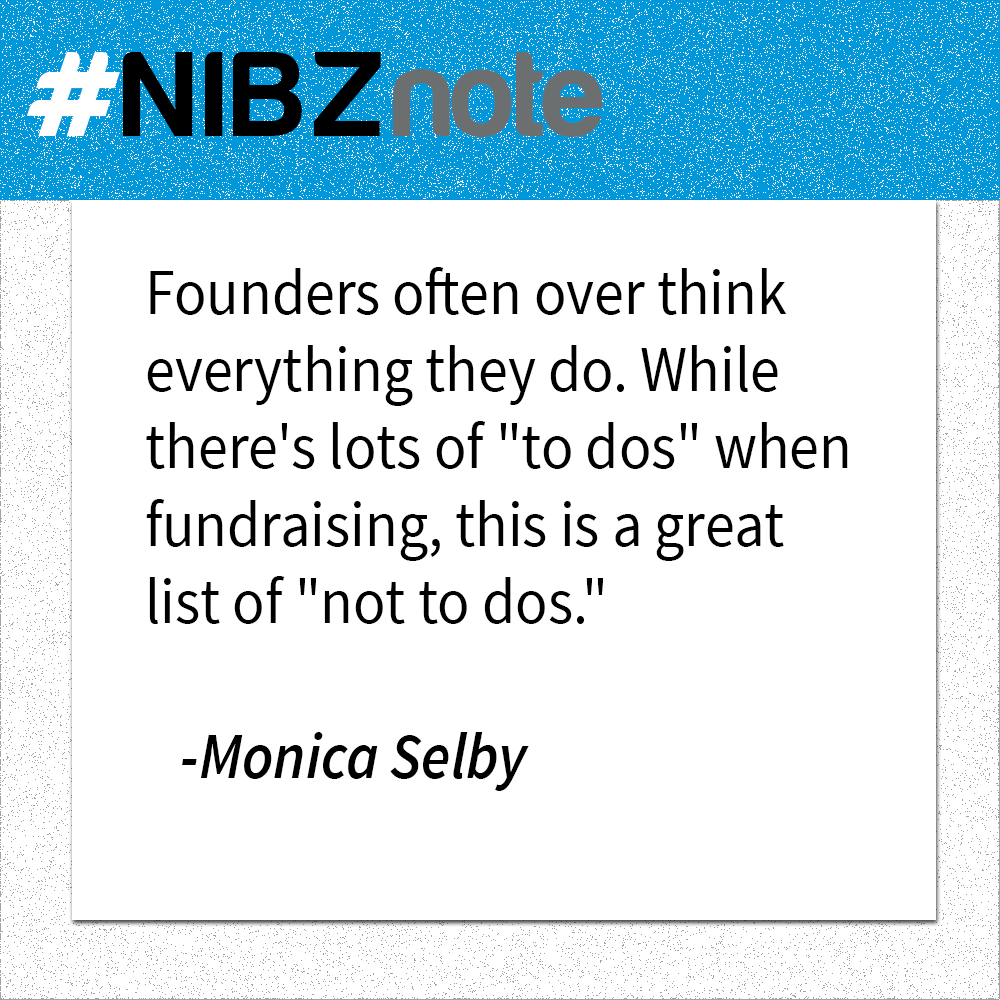
Editor’s Note: Conference speaker and startup friend Jared Steffes has some great tips on making conferences more affordable. Thankfully, we’ve done a lot of the work for you with our Everywhere Else Tennessee conference. Grab your tickets before the super cheap early adopter discount expires!
I want to share some tips about how I make the “biggest bang for the buck” while traveling out of town for a conference.

Conference Pass
Free Expo Pass!
Most of the time you do not need a main conference pass for larger shows. I go to shows to meet new clients and network with people. Typically you can get all the main points talked about at a conference through Twitter or video feeds after the show.
Getting into the show is the most important part and scoring a free expo pass is usually pretty easy. Search Twitter for anyone giving away free expo passes for the show you are planning to attend. It is pretty common because many shows gives exhibitors a bunch of free passes for their employees, but most exhibitors are 2 person shows. Some exhibitors will give away their free passes as a marketing tactic on Twitter or their Facebook leading up to the date of the show! I have a lot of luck with this.
Networking at the conference hotel bar the night before the show is usually a good place to meet an exhibitor. Make friends and kindly tell your bootstrap story. Usually they are happy to find you a pass or give you one of theirs. Return the karma by bringing people you meet to their booths if there is a possible business relationship. This is a huge win for everyone and the exhibitors won’t forget you the next time you need some help.
The last way to get a pass only works if you have an “in” with a decent sized blog or news site. I go to a lot of shows each year and usually my big blog friends are happy to get me a press pass in return for some articles about the show.
No Free Pass?
That’s ok! Search for “promo code” or “discount code” on Twitter and the internet for the show you are going to attend. There are usually always promo codes floating around somewhere for big %’s off the main price.
Travel
Driving
There is a huge benefit driving to a show. Gas is cheaper than flying if you get decent MPG’s. My rule is if the show is 12 hours or less from my home to reach then I will drive to it. It is cost effective for traveling in a group, you don’t need to rent a car, no plane tickets, and you can save on taxi costs.
Flying

Southwest has been my bootstrap staple for years now. Their credit card used to require $1000 in spending to get a free flight but their points system changed and now it requires around $1200. Still not too bad. You also get enough points by signing up for a card to get a long round trip flight.
If you are going to either coast from the Midwest both JetBlue and Virgin America are great to purchase flights from.
It is pretty important to plan your conferences at least 2 months ahead to get the best prices on flights. It is easy to do and dumb not to. There were times at Tap.Me I would get a $200 round trip flight to the Silicon Valley just by planning ahead, while others were paying around $700 and I knew they were going to go. Procrastinating is an expensive date!
Using a low frequent flyer miles to get there and back for free is awesome! The key is to travel on the not popular days and times. Tuesday and Saturday are typically the cheapest. Early morning and late at night are also typically the cheapest times to fly.
Parking
It is important to know what parking costs you may have because parking in a large city may defeat the costs saved by driving. Hotels and conference halls often charge around $15 a day and I have seen hotel parking in San Francisco for around $40 a day. Crazy!
Jared’s Pro Tip #1 – Parking at a recent convention was $20 a day and I secretly found out you can have the ticket validated by any restaurant for the price of an entree. $20 for a meal got me free parking! I could have gotten away with a cheaper meal but I deserved something good for dinner since I skipped lunch!

Rental Cars
Do not rent from a location at the airport. It will typically cost double compared to a place off site. I was able to get a Mitsubishi Lancer for $50 for a 5 day rental through Fox Rental Cars. They have a free shuttle from the airport and it was a nice place with well kept cars. The big rental companies at the airport would have cost me $110 for a smaller car.
Skip the insurance! Check your credit cards to see what they cover. American Express provides some free coverage but it does not include the important collision. With just a little search I was able to sign up for a program that costs $24 a rental for good ‘covers all’ insurance for up to 41 days. Awesome savings to CYA (cover your ass). At the car rental the insurance is $18 a day.
Scam.
Places to Stay
Friend’s Place
Almost free! It is almost because you should definitely buy your pal a meal and a gift. Being grateful keeps the good karma going that all entrepreneurs need!
Hotels
Conference rates tend to be useful for expensive cities like San Fran, NY, Seattle, Chicago, and LA. It is important to book early because the blocks often fill up and pretty soon you can’t get a room a the conference rate.
You can often get a cheaper hotel further from the conference and just pay transportation costs. I like to take public transit during the day and save the taxi for night. Usually I am exhausted or sometimes intoxicated at night after networking and just need to get back to the room to rest up and shoot out emails.
Starwood Resorts like the W, Westin, and Sheraton are often good to stay at because the big industry players will be staying there. I have met some important allies in the elevator or at the bar in these resorts. I have a Starwood Preferred Guest American Express card which is great for free rooms, upgrades, and cheap rooms. I suggest signing up for one the next time you need to use a Starwood resort. Search online for promotions for the card. You can often get more sign up points!
Share a room!
Someone is thinking the same thing as you, “Damn this is going to be expensive!” Ask on your social networks who is going to the conference. Once you know you can privately talk about sharing a room. I don’t think it is smart to broadcast you are looking for someone to share a room with. It is a sign of desperation. Being frugal doesn’t mean you have to stop being classy.
Time Shares
These can come in handy and everyone knows someone with one. RCI is the biggest catalogue for units, but they can often require 8+ months to get a room near your conference.
I purchased a Wyndham Vacation Ownership in their Las Vegas location. It allows me to stay in the places I travel most which are San Fran and Las Vegas. I can also convert the points to RCI. I was able to get a Wyndham Room six minutes from a conference I attended in Orlando for hardly any points because I waited to book the room within a 30 day half points discount window. It is risky but I noticed there was a lot of rooms 3 months from when I was planning this trip so I felt comfortable with the risk.
Meals
 Luckily the Wyndham rooms come with a kitchen. I have some strange food allergies so it is nice to be able to cool some meals. I also like to travel with Cliff Bars and oatmeal packets. Breakfast is my favorite meal but let’s face it, you are very unlikely to have a breakfast meeting at a conference. Save your money for dinner where business gets done!
Luckily the Wyndham rooms come with a kitchen. I have some strange food allergies so it is nice to be able to cool some meals. I also like to travel with Cliff Bars and oatmeal packets. Breakfast is my favorite meal but let’s face it, you are very unlikely to have a breakfast meeting at a conference. Save your money for dinner where business gets done!
This trip is 5 days long. A meal is $20 on average. That’s $200 spent eating out for breakfast and lunch. I often go to the supermarket and buy my allergy friendly food for $29. Cereal, almond milk, tortillas, lunch meat, OJ, and cookies. Huge savings!
Jared’s Pro Tip #2 – Get your coffee, water, or pop outside the conference. Most hotels have free Starbucks in the morning. The cost of anything is exaggerated once you step into the conference doors.
Marketing Materials
Why do a large order of marketing materials when you are not exhibiting at a conference or you don’t know how the message will resonate with your target market?
Don’t!
I once designed a 4×6 flyer for a company I started, Matador, and had it printed at a Walgreens ready for pickup 20 minutes later. Look for a promo code for prints online and place your order. I was able to get 50 prints for the price of 25 with a promo code I found online. The price: $5.09. Pretty awesome deal and great quality!
Internet
Hopefully Internet is free at your show. I recently discovered Freedompop.com which provides 500 mb a month at 4G speed for free a month. You just need to purchase the device.
The next plan is to ask someone staying at the hotel for the pass code. People are typically cool with it because paying for wifi is sort of ridiculous now a days. If that strategy doesn’t work I can always jailbreak my iPhone and share its Internet.
Gifts & Swag
I am a strong believer of making sure my loved ones, partners, and employees know you were thinking about them while traveling. The smallest gifts can make people really happy, especially software engineers.
I tend to put a duffle bag in one of the pockets of my luggage and fill it up with swag from shows for my team. I’ll also pick up some gifts that relate to their personalities. Treat people like you want them around and you can expect the best from them!
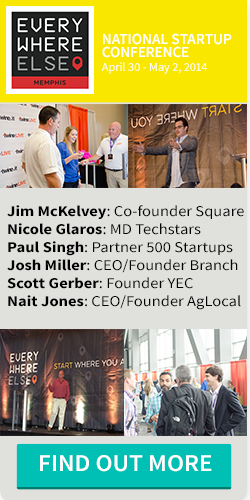 In order to keep growing my own support network, I started grouping my mentors and advisors into four distinct categories. This trick helps me make sure I always get advice from individuals varying in age, gender, socioeconomic status, and other demographics — thus opening the door to new conversations and perspectives.
In order to keep growing my own support network, I started grouping my mentors and advisors into four distinct categories. This trick helps me make sure I always get advice from individuals varying in age, gender, socioeconomic status, and other demographics — thus opening the door to new conversations and perspectives.


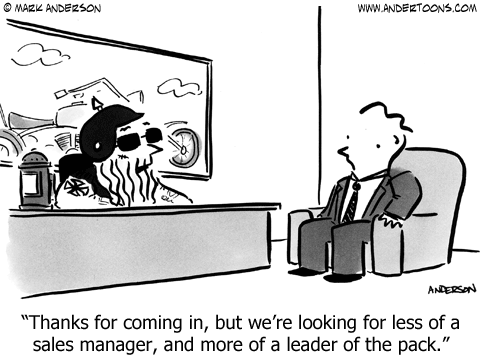
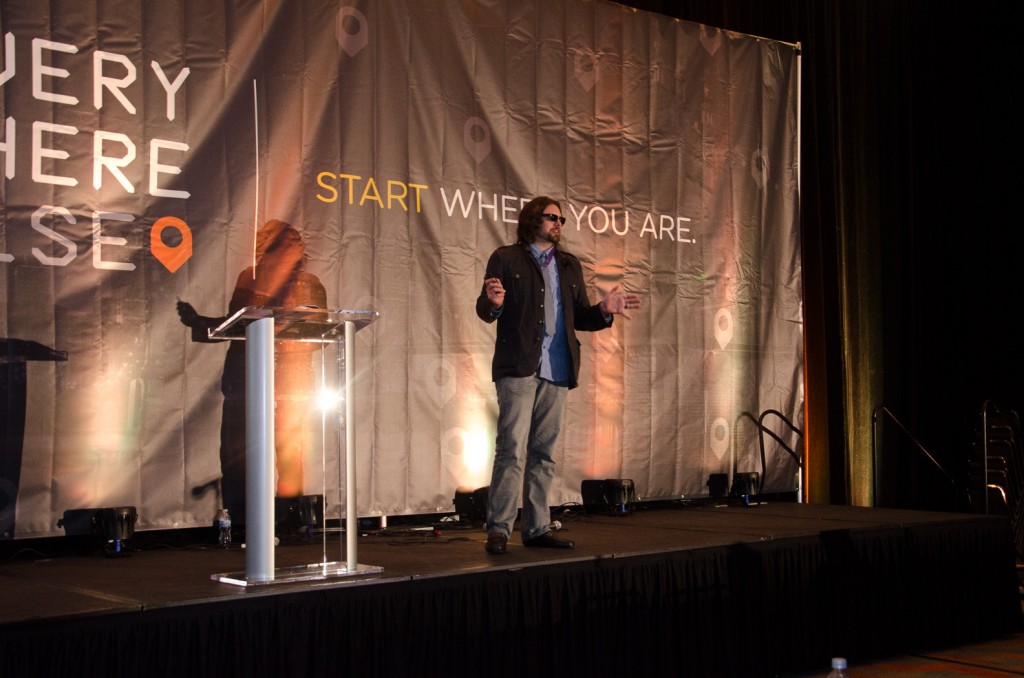






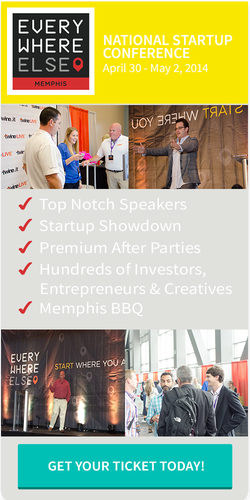


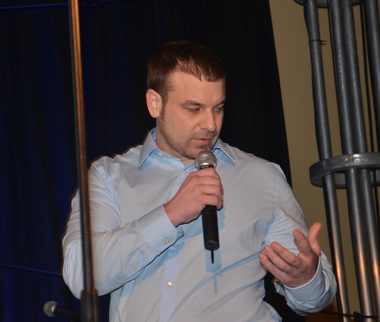 Last year, three friends and I decided to make the plunge and embark onto the journey of building our tech startup
Last year, three friends and I decided to make the plunge and embark onto the journey of building our tech startup 